 The 2011 Holiday Season is here and with it comes shopping and gift giving. There are all sorts of gifts to consider but I think wines and spirits are excellent gifts for those that appreciate such things. With that in mind I decided to compile a list of some items in that category. To make my list the items below had to meet some particular criteria: 1) it has to be something I heartily recommend. 2) It needs to be a good value. 3) It should be relatively easy to locate. 4) The list should take into account peoples various budget sizes. With that in mind here are 8 offerings that the wine and spirits lovers on your gift list will be happy to receive.
The Lamberti Prosecco Veneto D.O.C. was made from fruit sourced at hillside vineyards throughout Treviso. This sparkling wine was produced utilizing the Charmat Method. This wine is widely available and has a suggested retail price of $13.99. This Prosecco has an effusive nose that shows off spice and fruits. Stone and citrus fruit flavors star through the palate along with loads of tingly spices. Brioche and hints of crumbled biscotti emerge on the finish which has good length. This wine shows off hints of sweetness and is a very appealing wine. It’ll work well on its own or paired with food. It would be a particularly nice choice for a Brunch. Sparkling wine generally makes people happy. Here’s a tasty choice that makes a perfect, modestly priced gift.
The 2011 Holiday Season is here and with it comes shopping and gift giving. There are all sorts of gifts to consider but I think wines and spirits are excellent gifts for those that appreciate such things. With that in mind I decided to compile a list of some items in that category. To make my list the items below had to meet some particular criteria: 1) it has to be something I heartily recommend. 2) It needs to be a good value. 3) It should be relatively easy to locate. 4) The list should take into account peoples various budget sizes. With that in mind here are 8 offerings that the wine and spirits lovers on your gift list will be happy to receive.
The Lamberti Prosecco Veneto D.O.C. was made from fruit sourced at hillside vineyards throughout Treviso. This sparkling wine was produced utilizing the Charmat Method. This wine is widely available and has a suggested retail price of $13.99. This Prosecco has an effusive nose that shows off spice and fruits. Stone and citrus fruit flavors star through the palate along with loads of tingly spices. Brioche and hints of crumbled biscotti emerge on the finish which has good length. This wine shows off hints of sweetness and is a very appealing wine. It’ll work well on its own or paired with food. It would be a particularly nice choice for a Brunch. Sparkling wine generally makes people happy. Here’s a tasty choice that makes a perfect, modestly priced gift.
The Apaltagua 2009 Envero Carménère was produced from fruit sourced in the Apalta section of Chile’s Colchagua Valley. This is an estate vineyard 60 hectares in size. The 2009 vintage is a blend of Carménère (93%) and Cabernet Sauvignon (7%). Barrel aging took place over 12 months; an additional 6 months of bottle aging followed prior to release. This wine has a suggested retail price of $16.00. This Carménère has a fresh and lively nose. It shows off red and black fruit aromas as well as hints of eucalyptus. Juicy black currant and cherry flavors lead the palate as well a host of spices. This Carménère has a solid finish that lingers with sour black fruits and continued spices. Yielding tannins and firm acidity mark the structure and make this a terrific food wine. Carménère has been making inroads with US wine lovers over the last few years. This is a grape with lots of appeal to a wide array of folks. It’s ready to please fruits, as well as the fact that it’s still a discovery grape for some make this a particularly excellent gift for the newer wine lovers on your list.
The Sandeman Founder’s Reserve Port was produced from fruit sourced in the Douro Region of Portugal. Fermentation of this wine was stopped with the addition of chilled Brandy. This Port is aged for at least 5 years prior to release. It has a suggested retail price of $19. The Founder’s reserve has a deep red color, looking most like a young Vintage Port. The aromas it gives off lean towards red fruits laced with copious spices. Cherry flavors drive the palate and lead to a wonderful compote of dark, brooding berry flavors which are joined by plum pudding spices. Warming red fruits and loads of sweet dark chocolate mark the finish, which has tremendous length for the price point. The Founder’s Reserve is a great choice to drink while your Vintage Ports are aging. For its reasonable price tag it makes an affordable gift that offers lots of flavor and quality. This is an adaptable Port that’s delicious on its own, paired with desserts or used as the base of an inventive cocktail. It’s also currently available in decorative tins, perfect for gift giving.
The Biltmore Estate 2007 Blanc de Blancs Brut was produced using méthode champenoise. This offering is 100% Chardonnay, produced from fruit sourced in the Russian River Valley. After temperature controlled fermentation at cold conditions this wine underwent a secondary fermentation in bottle and aged for approximately 24 months prior to disgorging. This wine has a suggested retail price of $24.99. Lemon Zest and hints of brioche fill the nose of this 2007 Sparkling Wine. Apple, citrus and Bartlett pear flavors are all on display throughout the palate. Hints of ginger and flaky biscuits emerge on the finish which has nice length. This is a perfectly dry wine which is particularly well suited to pair with dinner. It’s fine on it’s own but excels when matched with the right dish. This is highly recommended for those who are open to New World Sparkling Wines.
The Frescobaldi 2006 Montesodi Riserva Chianti Rufina DOCG was produced from fruit sourced at the Castello di Nipozzano Pelago home estate. This vineyard sits roughly 1,300 feet above sea level. The vines have an average age of 16 years on them. This wine is 100% Sangiovese. Fermentation took place in temperature controlled stainless steel vats over 10 days. Aging took place in Barriques over 24 months; 6 months of bottle aging followed. The Montesodi Riserva Chianti is only made in select vintages. This wine has a suggested retail price of $52. Violet, rose petal, and dried red fruit aromas fill the nose of this Chianti Riserva. Dried fruit flavors, cherry and blueberry in particular, star throughout the palate which has impressive depth and complexity. Layers of spice emerge and lead to the finish which shows off black tea, and hints of dusty chocolate. This wine has tremendous length, awesome acidity and terrific overall structure. This is everything you would want in top shelf Chianti. It’ll drink well for at least a decade, if it’s being consumed in the short term it should be decanted for a couple of hours for best results. This is a tremendous gift for the Gourmand in your life who likes to slave over a great meal and pair it with a fabulous wine.
The Rodney Strong 2008 Alexander’s Crown Cabernet Sauvignon was produced from fruit sourced in a single vineyard. It was from this vineyard in 1971 that Sonoma County’s first single vineyard Cabernet Sauvignon was produced. This offering is 100% Cabernet Sauvignon. Aging took place over 22 months in all French oak; 47% of the barrels were new. This wine has a suggested retail price of $75. Deep, dark berry aromas, toast and vanilla fill the bold nose of this Cabernet Sauvignon. The palate here is simply overrun with blackberry, black plum, raspberry and cherry flavors. Black pepper and clove spices also make their presence known. Roast espresso, sweet dark chocolate and additional spices emerge on the finish which has excellent length and remarkable depth. This is a big, bold, brash, spicy mouthful of Cabernet Sauvignon that does a tremendous job of showing off its Alexander Valley roots. While Alexander’s Crown is delicious now it’ll benefit from time in the bottle. Those with the patience to lay this down for a decade will be justly rewarded. If someone on your holiday gift list loves California Cabernet Sauvignon, you’ll have a hard time finding a more appropriate gift than this wine which is a jewel in the Rodney Strong Portfolio.
The Sandeman 30 Year old Tawny Port was aged in wooden casks. Over a period of time the fortified wine receives slow exposure to air which ages it and changes the color to the beautiful caramel typical of Tawny Ports Throughout their life the wines utilized are racked from time to time. As the name indicates the average age of the wines used to assemble this Tawny Port is 30. This Port has a suggested retail price of $99.99. Stone fruit in the form of Apricot underpinned by yellow peach lead the nose of this Port along with fruitcake spice and. Apricot flavors continue through the palate where they are dominant. Honey, hazelnut and almond characteristic are present along with white pepper spice. The impressively long finish shows off chamomile tea as well as a bit of caramel and continued spices and stone fruit flavors. This Port can certainly act as dessert all by itself. That said it works extremely well paired with food. A cheese course would be my top pick to match it with. In any case if there’s a Port lover in your life this would be a wonderful gift they will be sure to treasure.
It’s not often that I stray from the wine world here. However sometimes the mood or occasion calls for a beverage not made from grapes. Single Malt Scotch is one of the spirits that often has crossover appeal to those who like to sit and philosophize over their wines. So With that in mind here’s a look at a Single Malt that has really hit the spot for me on a number of occasions.
The Balvenie 12 Year DoubleWood is a Single Malt Scotch. During the aging process it’s moved from a traditional oak cask to a European Sherry cask. This Scotch sells for about $49.99. This Scotch has a great big nose that really develops over 15 or so minutes in the glass. Vanilla and hints of apricot are present. From the very first sip this Scotch distinguished itself by presenting lots of depth and a range of flavors. It is simultaneously fruity and spicy with a nice overall bite. The finish is above average in length and has rich, honeyed flavors and a bit of warmth in the final note. It’s apparent that the use of two types of wood for varying lengths of time really added to the complexity and finesse of this Scotch. If someone on your list is into Single Malt’s this offering from Balvenie is an excellent choice. It’s a distinct expression that stands apart from many of the 12 years Single Malts in its price range.
The selections above provide some excellent choices for gift giving this Holiday Season. I happily stand squarely behind them as good values in their respective categories as well as really tasty products that I enjoy a great deal. Happy Shopping.

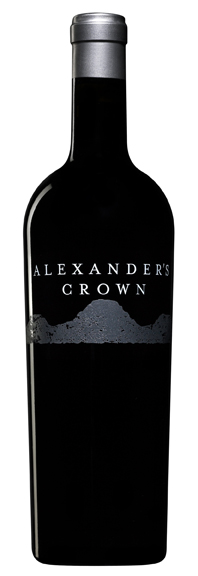
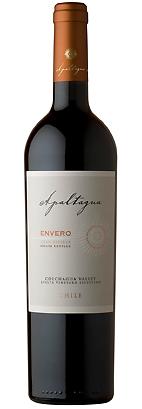
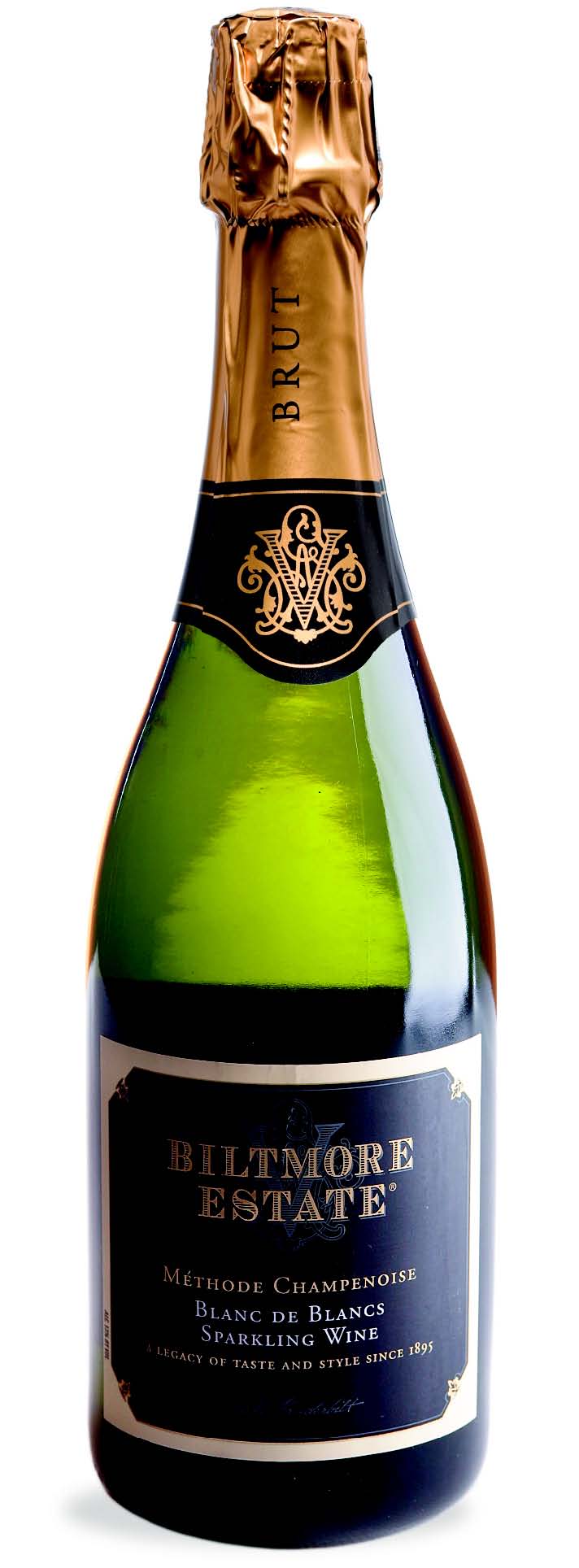




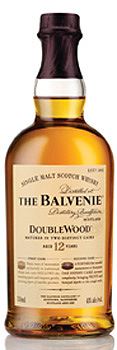
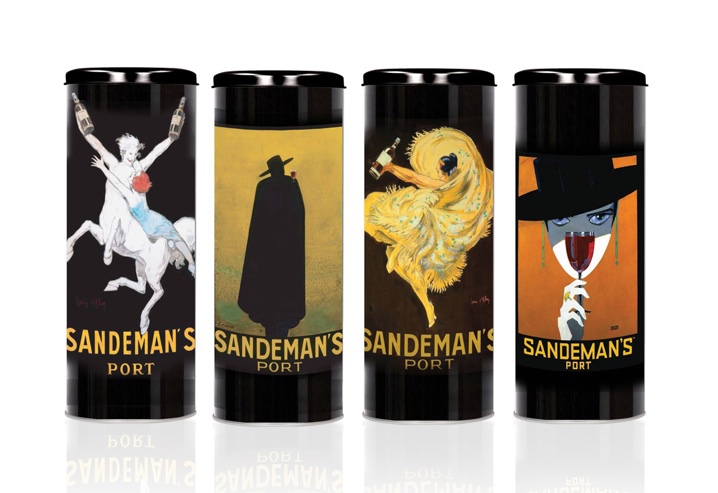
 Do you like Chardonnay? That’s a loaded question I know. Your answer is probably a return question asking what sort, or style of Chardonnay I’m talking about. There might not be another grape that is so wildly popular on the one hand and inspires so much debate on the other. The basic concept folks tend to wrestle with when it comes to this grape is oak treatment. What has become known in many circles as “California Style Chardonnay” is what really gets a lot of people talking. The trouble with that term is that it only describes a very small amount of Chardonnay from California. There are tons of different Chardonnays made in different styles with varying intent and incredibly divergent price-points. Some producers present a look into the differences in this grape within a single portfolio. One such producer is Sonoma County’s
Do you like Chardonnay? That’s a loaded question I know. Your answer is probably a return question asking what sort, or style of Chardonnay I’m talking about. There might not be another grape that is so wildly popular on the one hand and inspires so much debate on the other. The basic concept folks tend to wrestle with when it comes to this grape is oak treatment. What has become known in many circles as “California Style Chardonnay” is what really gets a lot of people talking. The trouble with that term is that it only describes a very small amount of Chardonnay from California. There are tons of different Chardonnays made in different styles with varying intent and incredibly divergent price-points. Some producers present a look into the differences in this grape within a single portfolio. One such producer is Sonoma County’s 
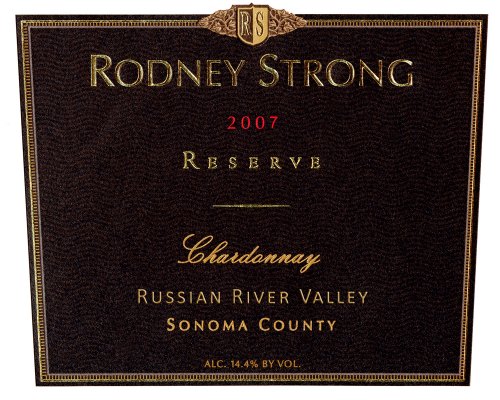 Apple pie aromas are joined by toast and hints of toffee on the layered and complex nose of this 2008 Chardonnay. Tropical fruits and hints of citrus appear on the palate which is loaded with apple and pear characteristics. Baked pie spices are plentiful as well. Minerals lead the lengthy finish which shows off toasty oak, bits of butter and a creaminess that brings to mind crème brulee. This wine is the epitome of California style Chardonnay; but to be crystal clear an example that is done remarkably well. The oak is well integrated but easily detectable and a key element like a prominent spice, however the fruit is still, as it should be the key. This wine is good on it’s own but excels paired with rich dishes.
Apple pie aromas are joined by toast and hints of toffee on the layered and complex nose of this 2008 Chardonnay. Tropical fruits and hints of citrus appear on the palate which is loaded with apple and pear characteristics. Baked pie spices are plentiful as well. Minerals lead the lengthy finish which shows off toasty oak, bits of butter and a creaminess that brings to mind crème brulee. This wine is the epitome of California style Chardonnay; but to be crystal clear an example that is done remarkably well. The oak is well integrated but easily detectable and a key element like a prominent spice, however the fruit is still, as it should be the key. This wine is good on it’s own but excels paired with rich dishes.
 Sparkling wine comes in all shapes and sizes. France of course has a legendary tradition when it comes to this style of wine. Today I’ll look at selection from Maison J.J. Vincent.
The Maison J.J. Vincent Cremant de Bourgogne was produced from fruit sourced in the Winery’s native Burgundy. More specifically the fruit comes from the southern reaches. This offering is composed entirely of Chardonnay. The fruit was handpicked during the earliest part of harvest. Vinification was accomplished using traditional methods for Sparkling Wine. This offering has a suggested retail price of $19.99.
Sparkling wine comes in all shapes and sizes. France of course has a legendary tradition when it comes to this style of wine. Today I’ll look at selection from Maison J.J. Vincent.
The Maison J.J. Vincent Cremant de Bourgogne was produced from fruit sourced in the Winery’s native Burgundy. More specifically the fruit comes from the southern reaches. This offering is composed entirely of Chardonnay. The fruit was handpicked during the earliest part of harvest. Vinification was accomplished using traditional methods for Sparkling Wine. This offering has a suggested retail price of $19.99. With summer almost over it’s time to get friends and family together for a few more BBQ’s before the weather turns cool. Large gatherings mean lots of mouths to feed and plenty of thirsts to quench. Historically a lot of jokes have been made about boxed wine. And for many years the commentary, criticism and humor were warranted. However in the last 5 years things have taken a pretty dramatic turn for the better. There are a number of producers now putting quality wine out in boxes. This is often referred to as the bag in the box. More often than not these are 3 Liter containers which equates to four standard size bottles. These wines generally sell for right around $20 give or take a couple of dollars based on brand and where you’re shopping. If you were purchasing these as stand alone bottles you could expect to pay somewhere from $6- $9 per bottle. In addition to saving some money with the three liter format a few other advantages are part of things as well. Eschewing glass makes them more environmentally friendly. Additionally if you don’t finish them up no worries as the bag in a box concept keeps the wine fresh for approximately 30 days. Make no mistake there are still plenty of anonymous boxed wines you’ll want to avoid, but now there are also some very solid go to choices. Today I’ll look at three that I recommend.
The Falling Star 2009 Chardonnay was produced from fruit sourced in the Mendoza region of Argentina. Falling Star is part of the Trapiche line and represents their budget label. After hand harvesting and fermentation the wine was ages in stainless steel tanks for approximately 6 months prior to a light filtration and bottling, This wine is available in 750 ml bottles, 1.5 L bottles and 3 Liter Boxes. I tasted out of 3 Liter box which has a suggested retail price of $19.99.
With summer almost over it’s time to get friends and family together for a few more BBQ’s before the weather turns cool. Large gatherings mean lots of mouths to feed and plenty of thirsts to quench. Historically a lot of jokes have been made about boxed wine. And for many years the commentary, criticism and humor were warranted. However in the last 5 years things have taken a pretty dramatic turn for the better. There are a number of producers now putting quality wine out in boxes. This is often referred to as the bag in the box. More often than not these are 3 Liter containers which equates to four standard size bottles. These wines generally sell for right around $20 give or take a couple of dollars based on brand and where you’re shopping. If you were purchasing these as stand alone bottles you could expect to pay somewhere from $6- $9 per bottle. In addition to saving some money with the three liter format a few other advantages are part of things as well. Eschewing glass makes them more environmentally friendly. Additionally if you don’t finish them up no worries as the bag in a box concept keeps the wine fresh for approximately 30 days. Make no mistake there are still plenty of anonymous boxed wines you’ll want to avoid, but now there are also some very solid go to choices. Today I’ll look at three that I recommend.
The Falling Star 2009 Chardonnay was produced from fruit sourced in the Mendoza region of Argentina. Falling Star is part of the Trapiche line and represents their budget label. After hand harvesting and fermentation the wine was ages in stainless steel tanks for approximately 6 months prior to a light filtration and bottling, This wine is available in 750 ml bottles, 1.5 L bottles and 3 Liter Boxes. I tasted out of 3 Liter box which has a suggested retail price of $19.99. The Folonari 2009 Fresh Cask Pinot Noir was made from fruit sourced in the Veneto. This Italian wine is 100% Pinot Noir. After fermentation 80% of the wine was aged for roughly 6 months in stainless steel, the remaining 20% in French oak barriques. This Pinot is available in 750 ml bottles, 1.5 liter bottles and 3 Liter boxes. The 3 Liter Box has a suggested retail price of $19.99.
The Folonari 2009 Fresh Cask Pinot Noir was made from fruit sourced in the Veneto. This Italian wine is 100% Pinot Noir. After fermentation 80% of the wine was aged for roughly 6 months in stainless steel, the remaining 20% in French oak barriques. This Pinot is available in 750 ml bottles, 1.5 liter bottles and 3 Liter boxes. The 3 Liter Box has a suggested retail price of $19.99.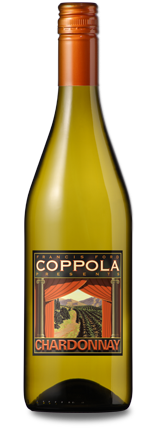 The
The  The Louis Jadot 2009 Pouilly-Fuisse was produced using fruit sourced in the southern part of Burgundy where a few tiny villages make up this sub-appellation. This offering is 100% Chardonnay. This wine has a suggested retail price around $22 and is currently
The Louis Jadot 2009 Pouilly-Fuisse was produced using fruit sourced in the southern part of Burgundy where a few tiny villages make up this sub-appellation. This offering is 100% Chardonnay. This wine has a suggested retail price around $22 and is currently 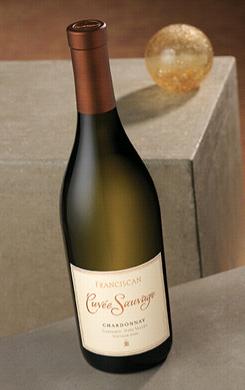 Carneros is one of the regions in California that has the ability to grow excellent Chardonnay. It seems that more and more folks on both the Napa and Sonoma side of things are looking to relatively cool climate Carneros when they source Chardonnay.
Carneros is one of the regions in California that has the ability to grow excellent Chardonnay. It seems that more and more folks on both the Napa and Sonoma side of things are looking to relatively cool climate Carneros when they source Chardonnay.  A number of years ago I first ran across a bottle of Pillar Box Red. This Australian blend was well priced and tasty. Since that time I’ve gone back to it on numerous occasions, recommended to people and had the opportunity to taste it alongside its winemaker. Most compelling for a wine in its price-point is how consistent its quality and general flavor profile has been from year to year. This isn’t often the case with wines around the $10 mark. Last week I had dinner with
A number of years ago I first ran across a bottle of Pillar Box Red. This Australian blend was well priced and tasty. Since that time I’ve gone back to it on numerous occasions, recommended to people and had the opportunity to taste it alongside its winemaker. Most compelling for a wine in its price-point is how consistent its quality and general flavor profile has been from year to year. This isn’t often the case with wines around the $10 mark. Last week I had dinner with 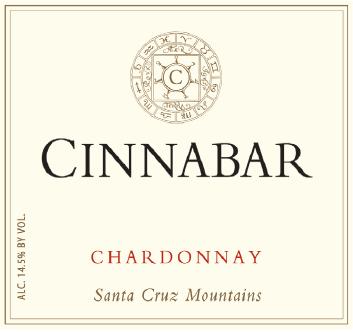 Pinot Noir and Chardonnay are the two varieties I personally associate with the Santa Cruz Mountains more than any other. A host of other varietals flourish there, but the two stars of Burgundy seem to benefit the most from the unique terroir up there. Today I’ll look at a current release Chardonnay from
Pinot Noir and Chardonnay are the two varieties I personally associate with the Santa Cruz Mountains more than any other. A host of other varietals flourish there, but the two stars of Burgundy seem to benefit the most from the unique terroir up there. Today I’ll look at a current release Chardonnay from 
 Nals Margreid 2007 Pinot Grigio Punggl DOC Alto Adige. This single vineyard wine is 100% Pinot Grigio. Half of the grapes for this wine were fermented and aged in large oak barrels, the other half in stainless steel tanks. At release this wine had a suggested retail price of $24. The 2009 is the current vintage of this particular wine. The 2007 features lots of yellow fruit flavors throughout a round and sweet but well balanced palate. It shows off the juicy flavors that are prevalent with relatively small production Pinot Grigio treated with care; as opposed to the vast array of anonymous Pinot Grigio that hits US shelves by the boatload.
Nals Margreid 2007 Pinot Grigio Punggl DOC Alto Adige. This single vineyard wine is 100% Pinot Grigio. Half of the grapes for this wine were fermented and aged in large oak barrels, the other half in stainless steel tanks. At release this wine had a suggested retail price of $24. The 2009 is the current vintage of this particular wine. The 2007 features lots of yellow fruit flavors throughout a round and sweet but well balanced palate. It shows off the juicy flavors that are prevalent with relatively small production Pinot Grigio treated with care; as opposed to the vast array of anonymous Pinot Grigio that hits US shelves by the boatload.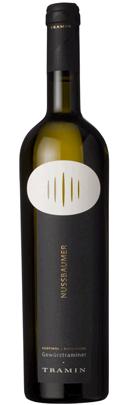 $40. Apple, limestone and minerals are all present on this wine. Its overall style in many ways brings to mind aged Burgundy. The purity of fruit and length of finish are both impressive.
$40. Apple, limestone and minerals are all present on this wine. Its overall style in many ways brings to mind aged Burgundy. The purity of fruit and length of finish are both impressive.  In the early 90’s when I first started visiting Napa Valley a handful of producers were of specific interest to me. I’d visit them time and again because they had one or more wines that I enjoyed regularly and I was also always eager to taste smaller production things that I couldn’t get on my shelf back home. Franciscan Estate was one of those producers. Their Cabernet Sauvignon, Merlot and Chardonnay were the three wines I drank with the most regularity, but I really enjoyed the majority of their portfolio quite a bit. As happens from time to time they slipped off my radar a bit of late. The number of wines out there are practically dizzying in number, making it difficult to always go back and revisit. So when current releases of Chardonnay and Sauvignon Blanc from Franciscan landed on my desk recently it felt like it does when an old friend you haven’t seen in awhile calls or rings your doorbell, or these days, pokes you on Facebook. Regardless of how they reach out, the reaction is usually the same you want to know how they’re doing. And that was exactly what I was wondering about
In the early 90’s when I first started visiting Napa Valley a handful of producers were of specific interest to me. I’d visit them time and again because they had one or more wines that I enjoyed regularly and I was also always eager to taste smaller production things that I couldn’t get on my shelf back home. Franciscan Estate was one of those producers. Their Cabernet Sauvignon, Merlot and Chardonnay were the three wines I drank with the most regularity, but I really enjoyed the majority of their portfolio quite a bit. As happens from time to time they slipped off my radar a bit of late. The number of wines out there are practically dizzying in number, making it difficult to always go back and revisit. So when current releases of Chardonnay and Sauvignon Blanc from Franciscan landed on my desk recently it felt like it does when an old friend you haven’t seen in awhile calls or rings your doorbell, or these days, pokes you on Facebook. Regardless of how they reach out, the reaction is usually the same you want to know how they’re doing. And that was exactly what I was wondering about 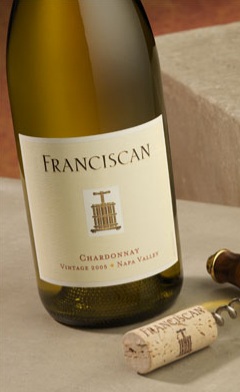 The Franciscan Estate 2009 Chardonnay was produced using fruit sourced in Carneros and southern Napa Valley. This wine is 100% Chardonnay. Fermentation took place in barrel followed by 7 months of aging in small French and American oak barrels; 20% of them were new. Just fewer than 59,000 cases of this wine were produced and it has a suggested retail price of $18.
The Franciscan Estate 2009 Chardonnay was produced using fruit sourced in Carneros and southern Napa Valley. This wine is 100% Chardonnay. Fermentation took place in barrel followed by 7 months of aging in small French and American oak barrels; 20% of them were new. Just fewer than 59,000 cases of this wine were produced and it has a suggested retail price of $18.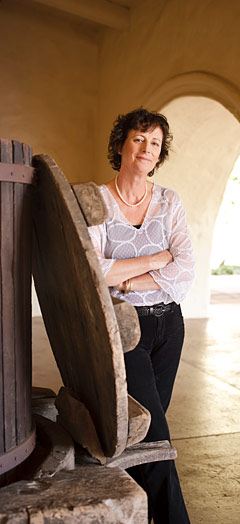 As we’ve grown precipitously as a wine drinking nation over the last couple of decades our choices have also increased. The number of outlets selling wine is way up and the options we have once we go there are in sharp contrast to what was available a number of years ago. The temptation in our culture is also to chase the new hot thing. Sometimes that leaves little room to reconsider or reconnect with something we already love. In this case that something is the
As we’ve grown precipitously as a wine drinking nation over the last couple of decades our choices have also increased. The number of outlets selling wine is way up and the options we have once we go there are in sharp contrast to what was available a number of years ago. The temptation in our culture is also to chase the new hot thing. Sometimes that leaves little room to reconsider or reconnect with something we already love. In this case that something is the 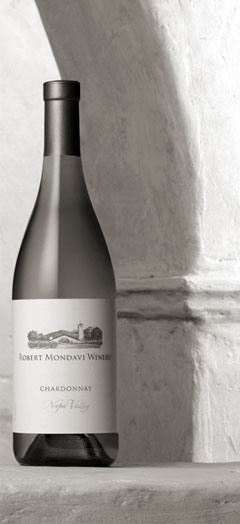 The event took place at
The event took place at 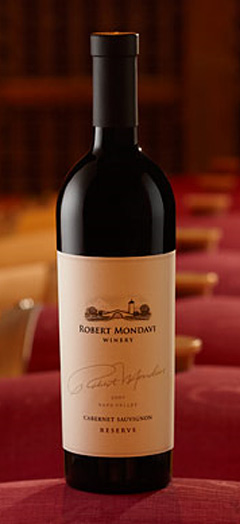 The Robert Mondavi Winery 2007 Cabernet Sauvignon was made entirely with fruit from Oakville and 93% of it from To Kalon. This wine is bigger, bolder and a bit brasher today. It has firm tannins that need some time in the bottle or some aeration to soften a bit. The elements which make the 1996 so drinkable today are also there in the 2007. It’s simply loaded with fruit and spice flavors that are accented by the time spent in barrel. Just less than 10,000 cases were produced and it has a suggested retail price of $135. Ultimately, the 2007 has the hallmarks of a wine that promises to be an even more impressive effort than the 1996. The question after purchasing it is if you have patience. It’s very enjoyable now, particularly with full flavored foods. However if you give it 5 or 10 years of proper storage you’ll be rewarded with a slightly mellower, more resolved wine that will just knock your socks off. You really can’t go wrong either way, it depends which experience you prefer.
The Robert Mondavi Winery 2007 Cabernet Sauvignon was made entirely with fruit from Oakville and 93% of it from To Kalon. This wine is bigger, bolder and a bit brasher today. It has firm tannins that need some time in the bottle or some aeration to soften a bit. The elements which make the 1996 so drinkable today are also there in the 2007. It’s simply loaded with fruit and spice flavors that are accented by the time spent in barrel. Just less than 10,000 cases were produced and it has a suggested retail price of $135. Ultimately, the 2007 has the hallmarks of a wine that promises to be an even more impressive effort than the 1996. The question after purchasing it is if you have patience. It’s very enjoyable now, particularly with full flavored foods. However if you give it 5 or 10 years of proper storage you’ll be rewarded with a slightly mellower, more resolved wine that will just knock your socks off. You really can’t go wrong either way, it depends which experience you prefer. During a summer 2009 trip to Napa Valley a friend recommended
During a summer 2009 trip to Napa Valley a friend recommended 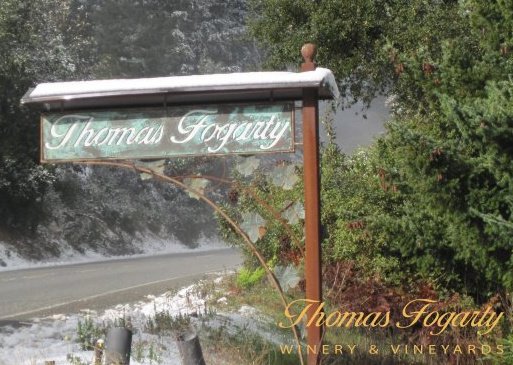 Thomas Fogarty Winery
Thomas Fogarty Winery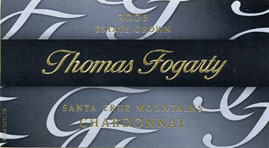 The Thomas Fogarty 2007 Estate Chardonnay was produced using barrel selection from two of their estate vineyards; Damiana and Langley Hill. Half of the fruit comes from each vineyard. This wine was aged in French oak for 16 months; 30% of the barrels were new. This wine has a suggested retail price of $37.
The Thomas Fogarty 2007 Estate Chardonnay was produced using barrel selection from two of their estate vineyards; Damiana and Langley Hill. Half of the fruit comes from each vineyard. This wine was aged in French oak for 16 months; 30% of the barrels were new. This wine has a suggested retail price of $37.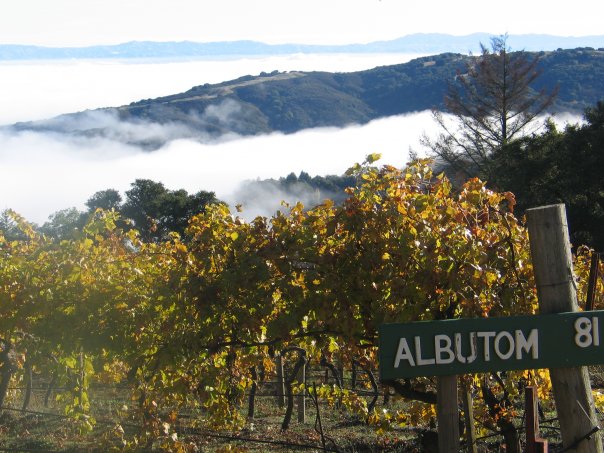 The Thomas Fogarty 2007 Albutom Estate Chardonnay is a single vineyard offering. 100% of the fruit was sourced from the namesake vineyard. Albutom Vineyard sits 10 miles from the ocean at an elevation of 1930 feet. This wine was aged for 18 months in French oak; 50% of the barrels were new. Fewer than 50 cases of this selection were produced and it sells for $48.
The Thomas Fogarty 2007 Albutom Estate Chardonnay is a single vineyard offering. 100% of the fruit was sourced from the namesake vineyard. Albutom Vineyard sits 10 miles from the ocean at an elevation of 1930 feet. This wine was aged for 18 months in French oak; 50% of the barrels were new. Fewer than 50 cases of this selection were produced and it sells for $48.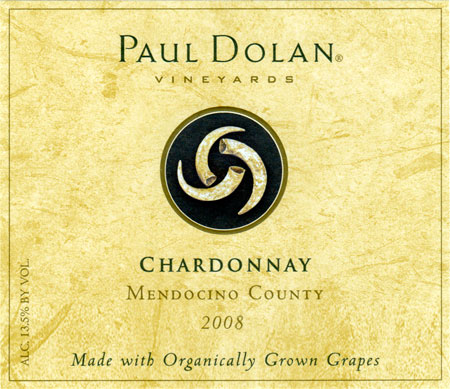 The Paul Dolan Vineyard 2008 Chardonnay was produced entirely from Mendocino County fruit. Fruit was sourced from two vineyards, each planted in the early 1970’s. This wine is 100% varietal. 20% of the wine underwent oak barrel aging for 8 months; the remaining 80% was aged in stainless steel. 3,080 cases of this offering were produced and it has a suggested retail price of $18.
The Paul Dolan Vineyard 2008 Chardonnay was produced entirely from Mendocino County fruit. Fruit was sourced from two vineyards, each planted in the early 1970’s. This wine is 100% varietal. 20% of the wine underwent oak barrel aging for 8 months; the remaining 80% was aged in stainless steel. 3,080 cases of this offering were produced and it has a suggested retail price of $18.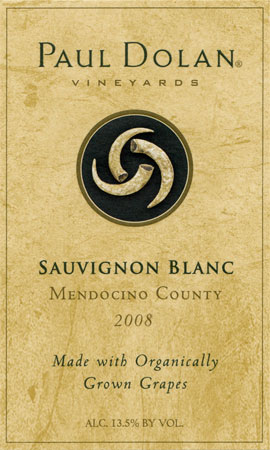 The Paul Dolan Vineyards 2008 Sauvignon Blanc was produced using fruit from two neighboring vineyards located at the headwaters of the Russian River in Mendocino County. This offering is 100% Sauvignon Blanc; it was both fermented and aged in stainless steel. 1,260 cases of this wine were produced and it has a suggested retail price of $18.
The Paul Dolan Vineyards 2008 Sauvignon Blanc was produced using fruit from two neighboring vineyards located at the headwaters of the Russian River in Mendocino County. This offering is 100% Sauvignon Blanc; it was both fermented and aged in stainless steel. 1,260 cases of this wine were produced and it has a suggested retail price of $18.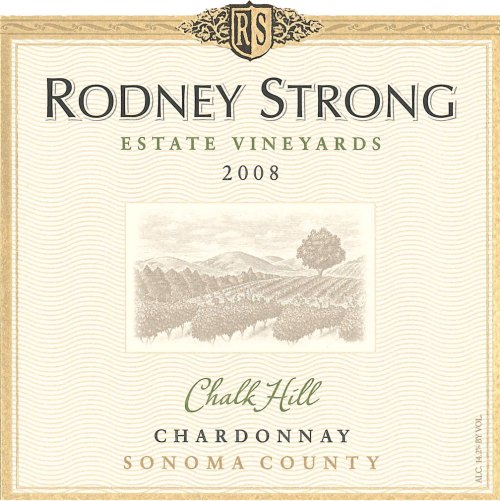
 It’s been awhile since I looked at any wines from
It’s been awhile since I looked at any wines from  Last week I had the opportunity to tour
Last week I had the opportunity to tour 








